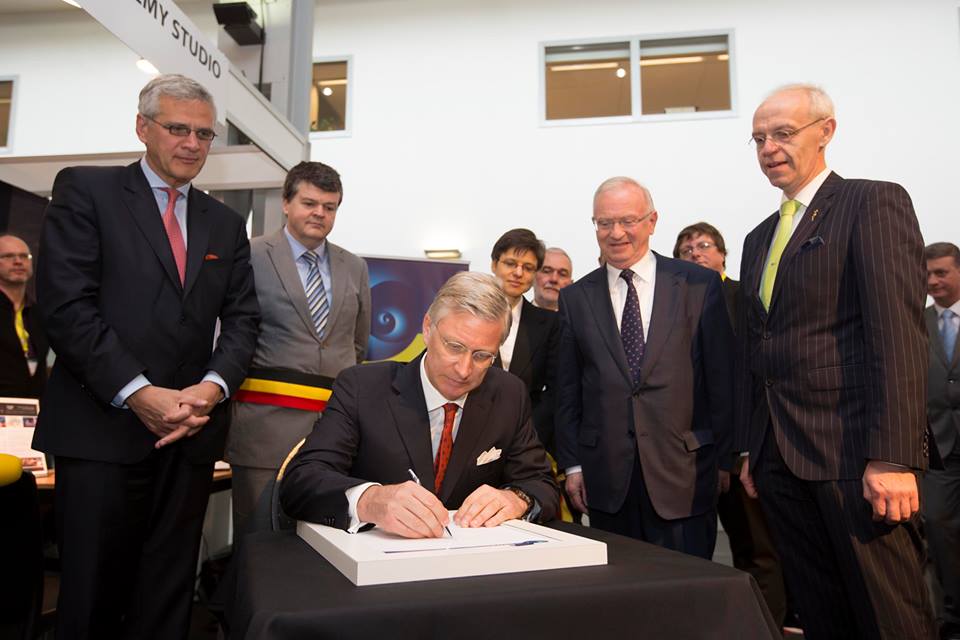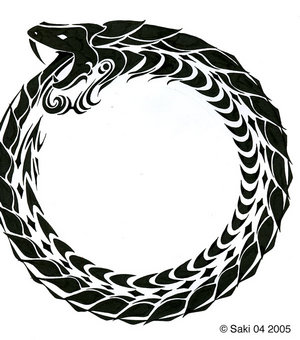So, last week over 400 people attended the Science Centre World Summit in Mechlen, Belgium. The conference was hosted primarily by Technopolis with a pre-workshop and reception at the Natural History Museum of Belgium in Brussels. Both institutions did a wonderful job. ALCHEMY studio exhibited in the tradeshow (see the picture of the King of Belgium signing the Technopolis guest book in front of the ALCHEMY studio booth)
and participated in the CEO Forum before the conference as well as attended many sessions – along with drinking a lot of Belgian beer.
Over those beers, there was a lot of conversation, discussion and thinking on science centres and science museums. Here are a few of the interesting conversation threads we were part of or observed.
What Are We About?
The conference planners worked hard to bring in outside experts in the areas of active scientific research, technologists, media and forward-looking educators to engage with the attendees about the role and direction of science centers in the future. Ideas floated included that science centers need to become more involved in presenting actual research and engaging with technology as a part of (not a replacement for) more phenomenological experiences and break down the age personification that we are only for the young.
But Can We?
Joined with this discussion, though, is how will this pay the bills? While certain countries‘ governments might support their centers and thus free up resources to explore new modes/content or processes more easily, the organizations in some countries are heavily connected to earned revenue and/or directly connected to a learning curriculum. In these cases, focusing experiences on things such as the latest discovery and research such as the remnants of the big bang (research that was announced during the summit) might not bring in the audience or connect as easily with what schools want and need.
The Evolving State of Revenue
Meanwhile, in countries that have a history of philanthropic giving to institutions such as science centers, dramatic shifts are occurring. Younger funders are moving away from cultural gifts and moving toward social movements and efforts. Funders want to be far more hands on, at times wanting to be a part of the team. Meanwhile, organizations such as NSF in the United States are moving entirely to research support – removing a source of capital for just getting programming done.
Future Content
There was good discussion on topics and areas that might see more concentrations of programming. One is the area of data, big data, and what data can tell us. Increasingly, this will be information that the public will need to understand. Another discussion of coming focus is on the outdoors – meaning that, as we move into the future, we’ll need to shift more attention toward the connection we have with planet and the crises we seem to inevitably face in areas of food, energy, and climate change. This focus on the planet, its health, and human survival will only deepen.
Speciation
Finally with enlightening and varied philosophical approaches from the Wild Center in the Adirondacks in New York to the Continium – Discovery Centre in the Netherlands, it seems that science centers may be undergoing an evolution of “speciation” and fundamental changes that even more match the institutions to the communities they find themselves in. In our past, and to some extent in countries where science centers are merging, there has been a focus on just copying experiences and also duplicating operations and approaches. However, it’s clear that whether its changing opening hours in the winter, including culturally traditional non-Western approaches to science subjects, running community businesses, or having pubs and nightclubs within your institution, the direction is to becomes a more fully functional part of one’s community. BUT at the same time, this means that what a science center is may be dramatically different from one community to another.
Perhaps in the not so distant future there will no longer be a summit of “science centres” but rather a summit of science “community centres.”
Which of these trends rings true for you? What other forces do you see shaping the future of our field?


